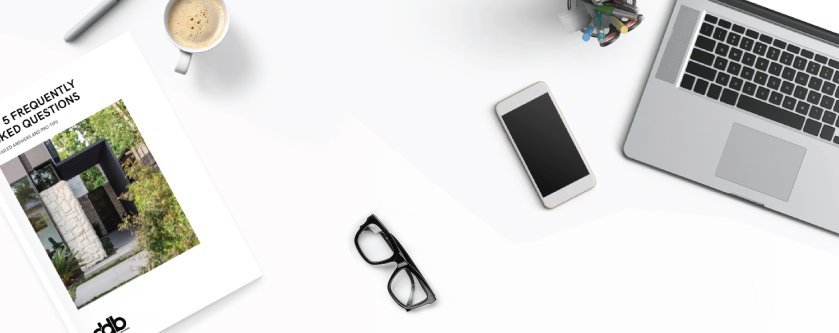
EMAIL #119 - 9TH MAY 2021 - "WE NEED TO TALK ABOUT INFLATION"
Hi Team,
I must confess that I have always been interested in economics (as nerdy as that may sound!). I am also a strong believer that a basic understanding of the mechanics of our economy is the foundation of financial intelligence. So, for the next few Weekly Emails I would like to explore the mechanics of our economy and to look at what the fiscal outlook is likely to be as the economy moves forward from last year’s recession. (Warning, this email contains statistics)
As we all know, the Australian (and global) economy has had a rollercoaster ride over the last 14 months and the speed and strength of the recent recovery has taken economists and the government by surprise. Now is a great time to study the economy as there are several unique forces coming into play that rarely exist together and that have not been experienced for decades.
The topic that everyone is currently talking about is inflation, which has not been in the headlines for ages. In fact, it has been over 30 years since the Australian inflation rate has been above 5% and for the last 10 years it has been below 3% (it is currently sitting at 1.7%). So, the credible prediction that inflation is on the rise is a big deal in economic circles. But what actually is inflation and why does it matter??
“inflation is when you pay fifteen dollars for a ten-dollar haircut that you used to get for five dollars.” Sam Ewin
A simple definition of inflation is “a general increase in prices and a fall in spending power”. So, inflation occurs when the demand for products and services outstrips supply and consumers are forced to pay more for these same products and services. Inflation is a double-edged sword, it can be beneficial to the economy, especially during recession, but if sustained it can be very negative and is a very difficult economic trend to reverse.
“Inflation is the unseen robber of those who have saved” Margaret Thatcher.
The main driver of current high consumer confidence appears to be the substantial economic stimulus package rolled out by the government last year in response to the pandemic and the corresponding economic recession. This multi-billion-dollar cash injection (mostly in the form of Job keeper & jobseeker) has successfully stimulated demand and spending, but has not increased production or productivity, so prices are starting to rise. In the building industry we have seen the price of almost all materials rise by approx. 10% in the last 2 months and it appears that this is just the beginning.
The government’s best weapon against inflation is to increase interest rates. But the Reserve Bank of Australia, that controls interest rates, has publicly stated numerous times that it will not be increasing interest rates for at least the next two or three years. So, the record low bank interest rates we are all enjoying at present are likely to remain where they are for the foreseeable future.
Another main driver of inflation is low unemployment. One of the big surprises as the economy has clawed its way out of recession, is the speed that the unemployment rate has fallen in the last 6 months. (Sorry more statistics to follow), The unemployment rate hit 6.3% mid last year, but is currently sitting at a modest 5.6% and is predicted to be as low as 4.2% by the end of this year. Low unemployment stimulates wages growth (good old supply and demand again), and boosts consumer confidence and spending, which again primes inflation.
For me the above facts and statistics raise several questions that could have substantial impacts on us all in the near future.
- How is inflation likely to affect real estate?
- How is inflation likely to affect savings and investment?
- What should we do to safeguard ourselves from inflation?
Over the next 2 or 3 weeks I will attempt to answer these questions and promise to limit my use of statistics as much as humanly possible.
Thanks for reading,
Stay safe and well informed.
David
